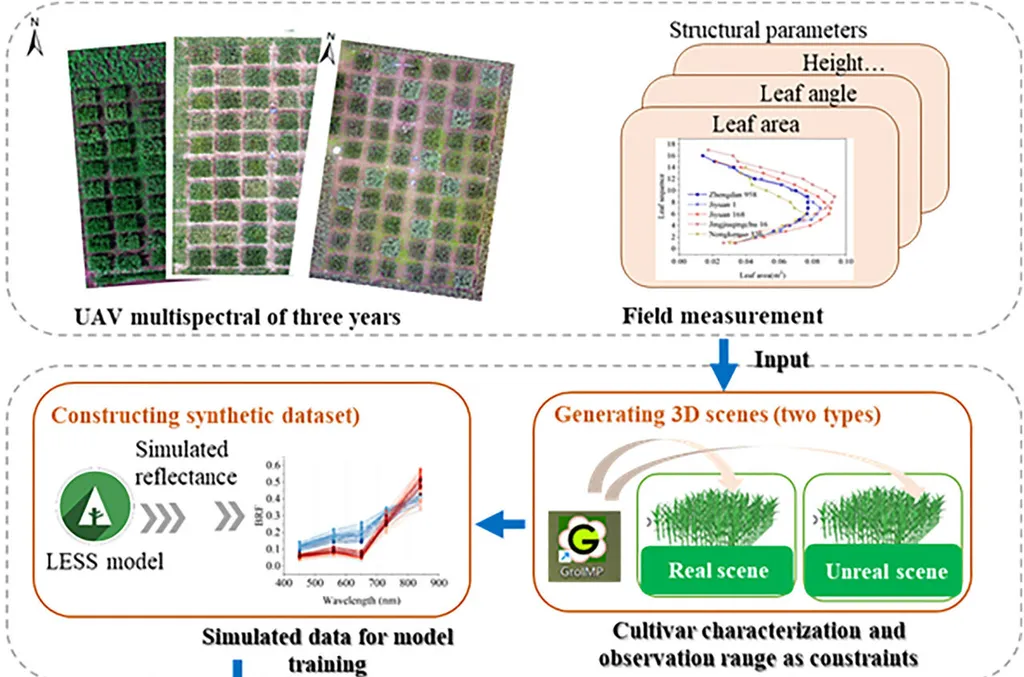In the heart of Medellín, Colombia, a team of researchers led by Juan Zapata-Londoño from the Instituto Tecnológico Metropolitano—ITM is revolutionizing the way we monitor plant growth. Their work, published in the journal *Agronomy* (translated from Spanish as “Agronomy”), is paving the way for more efficient and accurate agricultural practices, with significant implications for the energy sector.
Plant growth monitoring is a complex task, influenced by a myriad of environmental factors such as temperature, humidity, nutrient availability, and solar radiation. Traditional methods of monitoring often fall short in providing real-time, accurate data. However, advances in optical sensors and artificial vision techniques are changing the game.
Zapata-Londoño and his team conducted a comprehensive review of current methodologies, analyzing studies from the Scopus and Web of Science databases. Their findings highlight the challenges and opportunities in this rapidly evolving field. “Data collection in agricultural environments is particularly challenging due to the variability of climatic conditions and the heterogeneity of crops,” explains Zapata-Londoño. “Moreover, obtaining accurately and homogeneously labeled datasets is a significant hurdle.”
The integration of artificial vision models and advanced sensors holds promise for assessing plant responses to environmental factors. This technology could optimize agricultural practices, leading to improved crop yields and more sustainable farming methods. For the energy sector, this means a more reliable supply of bioenergy crops and a potential reduction in the environmental impact of energy production.
However, the journey is not without its obstacles. The team’s review identifies several limitations, including the need for more robust and adaptable AI models that can operate on low-power embedded platforms. “Developing accessible and efficient decision-making solutions is crucial for both agricultural and urban environments,” notes Zapata-Londoño.
The research also points to future directions, emphasizing the need for further innovation in sensor technology and AI algorithms. As these technologies evolve, they could transform not just agriculture but also the energy sector, making it more efficient and sustainable.
In the meantime, the work of Zapata-Londoño and his colleagues serves as a beacon, guiding the way towards a future where technology and nature work hand in hand. Their systematic review, registered in the Open Science Framework (OSF), is a testament to the power of interdisciplinary research and the potential it holds for shaping our world.

